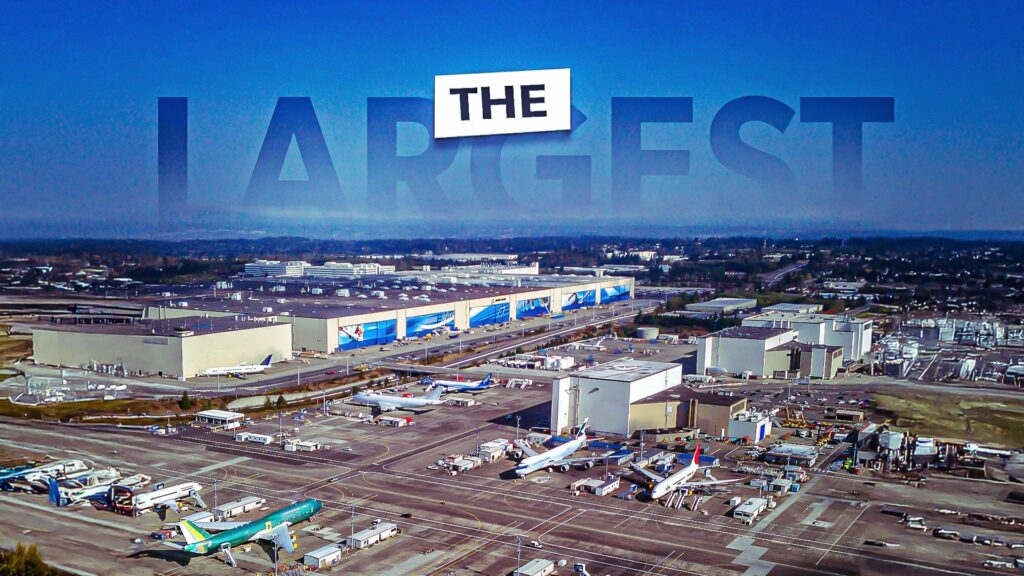
Boeing’s Everett production facility in Washington is a cornerstone of the global aviation industry, housing the manufacturing of some of the world’s most recognized commercial aircraft. As of 2024, Boeing Commercial Airplanes, a segment of The Boeing Company, reported revenues exceeding $32 billion. The Everett site, one of the largest buildings globally by volume, plays a crucial role in the company’s operations, employing around 30,000 workers.
A Historical Overview of Boeing’s Everett Facility
The origins of Boeing’s presence in Everett date back to the early 1940s when the company opened its first factory in a former auto garage in October 1943. Initially, this facility produced sections for the Boeing B-17 Flying Fortress. A significant turning point occurred in 1966 when Pan American World Airways placed the first order for the Boeing 747, necessitating a new manufacturing facility due to the aircraft’s size.
Boeing acquired 780 acres near Paine Field (PAE) to build what would become the world’s largest building by volume, with a capacity of 158 million cubic feet. Over the decades, this facility has expanded significantly, most notably with the additions of 45% more volume in 1979 for the Boeing 767 program and another 50% in 1990 for the Boeing 777.
Current Operations and Aircraft Production
Today, Boeing’s Everett facility spans nearly 100 acres and boasts 472 million cubic feet of space. The production lines feature 26 overhead cranes operating along 31 miles of track. The facility includes six hangar doors, each standing at 82 feet tall and between 300 and 350 feet wide, facilitating the movement of aircraft to flight testing areas.
Boeing currently operates three main production lines at Everett. The slowest of these is for the Boeing 767, which has shifted focus primarily to military variants and freighters, such as the KC-46 Pegasus. The 777 series production line has been revamped for the upcoming 777X, a next-generation widebody aircraft. Although the last 777-300ER was produced in 2024, the facility is preparing for the 777X’s entry into commercial service. Additionally, Boeing’s latest narrowbody aircraft, the 737 MAX 10, will be built exclusively in Everett, marking a strategic shift from its traditional production at the Renton facility.
Boeing’s Everett facility has produced numerous iconic aircraft, most notably the Boeing 747. Production of the 747 began in 1967, and it continued for five decades until the final 747-8F was rolled out in December 2022. The 787 Dreamliner was also initially produced at Everett before operations were consolidated to Boeing’s Charleston facility in 2021.
The transition away from producing the 747 and 787 reflects changing market demands, particularly the decline in the need for large four-engine jets. The consolidation of the 787 production line aimed to improve efficiency and reduce costs.
Looking ahead, Boeing’s Everett facility will see new developments, particularly with the 737 MAX 10 production line. This addition is expected to relieve some production pressure from the Renton facility, allowing Boeing to enhance its overall manufacturing capabilities. The north side of the Everett facility, which previously handled the 747 and 787, will now focus on the MAX 10.
Boeing has also announced plans to end the production of the 767 program, specifically the 767F, by 2027, after fulfilling existing orders from significant clients such as UPS and FedEx.
As Boeing navigates these transitions, the Everett facility remains a pivotal element in the company’s operational strategy, reflecting both the challenges and innovations in the aviation manufacturing sector.






